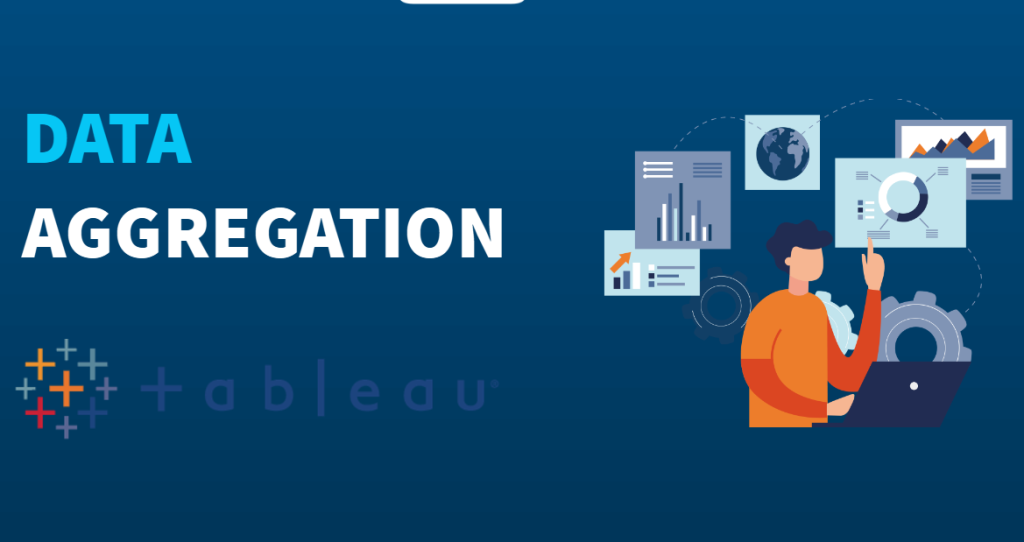Data aggregation means collecting data and putting it together in a simple way. Instead of looking at individual pieces of data from different places, data is added to them to get totals or summary numbers. It also replaces groups of data with summary numbers based on what is seen. This kind of data is usually stored in a data warehouse. It helps answer questions and makes it faster to search through lots of data.
Objectives of Data Aggregation
Data aggregation aims to collect data from various places and make it easier to understand. When this data is combined, it shows patterns and important information that can help in making decisions. Experts can understand the overall situation better and come to conclusions. This method is helpful in analyzing, researching, and planning in different areas like business, finance, and science. It’s like putting together puzzle pieces to see the whole picture and get valuable insights for better choices.
What is Data Aggregation?
Data aggregation involves gathering and summarising data for statistical analysis, often for groups of people or business insights. This process is commonly carried out on a large scale using specialized software called data aggregators. These tools collect, process, and present aggregate data, allowing analysts to efficiently access and study substantial datasets. Instead of processing individual data records in real-time, aggregated data rows can represent numerous atomic data records, enabling quicker querying and access. As organizations amass more data, aggregation becomes valuable for efficiently accessing the most crucial and frequently used data.
Data aggregation in observability tools involves collecting, summarizing, and visualizing data from diverse sources to provide insights into system behavior and performance.
How Does Data Aggregation Work?
- Data aggregation is done by data aggregators to put together data from different places and make it shorter and more informative.
- Aggregators collect raw data from various sources, like social media, news, and personal devices.
- This data is stored in databases as individual pieces of information called atomic data.
- After collecting the data, it goes through a processing phase.
- During processing, the aggregator figures out which specific data to combine.
- Advanced tools like predictive analytics, artificial intelligence, and machine learning are used to find new and useful information.
- Statistical methods are used to merge the chosen data.
- The outcome is aggregated data presented in a short format with important insights.
- Users can understand the data better through this summary.
- Aggregating data has good statistical results that show patterns and trends.
- Data aggregation can be done manually, but usually, automated data aggregators are used due to the large amount of data.
- Manual aggregation is hard and might miss important data sources and patterns.
- Overall, data aggregation makes complicated data simpler and helps find useful information from different sources.
Best Use of Data Aggregation
Data aggregation is useful in areas like finance, business strategy, and marketing. People like data analysts, scientists, and experts use it. Aggregated data is combined to study groups based on traits like age, job, education, and income. This helps leaders make smart decisions. It’s also used in business to learn from user information from sources like social media and IoT devices.
Steps Involved in Setting Up Data Aggregation
Setting up data aggregation involves several steps. First, you identify the sources of data you want to gather. Then, you select the specific pieces of information you need from these sources. Next, you choose the appropriate tools or software for collecting and storing this data. After that, you determine how often the data should be collected, whether it’s in real-time or at specific intervals. Once the data is collected, you organize and structure it, so it’s ready for analysis. This might involve cleaning and formatting the data to ensure consistency. Then, you apply aggregation methods to combine the data, creating summaries or totals as needed. Finally, you visualize the aggregated data using graphs, charts, or other visual aids to make it easier to understand and draw insights.
Conclusion
Data aggregation simplifies information collection and interpretation by combining data from various sources. It aids decision-making by revealing patterns. Experts use this approach to comprehend situations better, improving analysis, research, and planning. This method is valuable in fields like business, finance, and science. Automated tools streamline the process due to the large data volume. Aggregated data supports informed choices, and its role extends to finance, strategy, and marketing. Setting up data aggregation involves identifying sources, selecting data, using appropriate tools, organizing, and applying methods for summarization. Visualization enhances comprehension and insight extraction.



